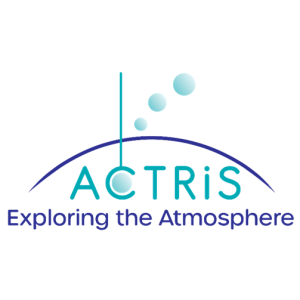The Symposium celebrated 35 years of successful NDACC/NDSC science and operations. It took place from October 27-30, 2025 in Virginia Beach, VA, USA. This was only the third meeting of the larger NDACC community.
News and Events
A shortened, one-and-a-half-day, Steering Committee (SC) meeting followed the Symposium on October 30 - 31 at Virginia Beach, VA, USA.
An examination of three events from the record breaking Canadian wildfires of 2023 (May 16‐23, June 3‐9 and June 17‐30, 2023) is published in JGR. The composition of smoke was measured over Toronto and Egbert, Ontario. Measurements were performed by high‐resolution Fourier transform infrared (FTIR) spectrometers, including the NDACC instrument at the University of Toronto Atmospheric Observatory.
An investigation of the seasonality and long-term trends of trace gases in the high Arctic region using ground-based NDACC Fourier transform infrared (FTIR) measurements at the Polar Environment Atmospheric Research Laboratory (PEARL) in Eureka, Canada is published in JGR.
We are delighted to announce that the ACTRIS Science Conference 2026 will take place on April 20-24, 2026 in Oslo, Norway.
Starting April 2025 NCEP temperature and geopotential height products are now based on GFS/GDAS assimilations for the entire profile. Some overlap with the previous SSU/AMSU data is provided for April to June 2025.
Early Bird registration for the NDACC 2025 Symposium is open now to August 29, 2025 at https://ndacc.cas.hamptonu.edu/?page_id=33 . Presenters must register no later than September 1, 2025.
The 16th GRUAN Implementation-Coordination Meeting (ICM-16) will be held in Tenerife, Spain, from the 17th to the 21st November 2025. During the 5-day meeting, the GRUAN community will meet to discuss the achievements and the next steps in the implementation and operation of the Global Climate Observing System (GCOS) Reference Upper Air Network (GRUAN).
Abstract Submission is open for the NDACC 2025 Symposium. Abstracts will be accepted from March 10, 2025 to May 7, 2025. Abstract Submission is free.
We are pleased to officially announce the NDACC 2025 Symposium celebrating 35 years of NDACC/NDSC Operations. The Symposium will be held over three and a half days from 27-30 October 2025 at the Sheraton Virginia Beach Oceanfront Hotel in Virginia Beach, VA, USA.
